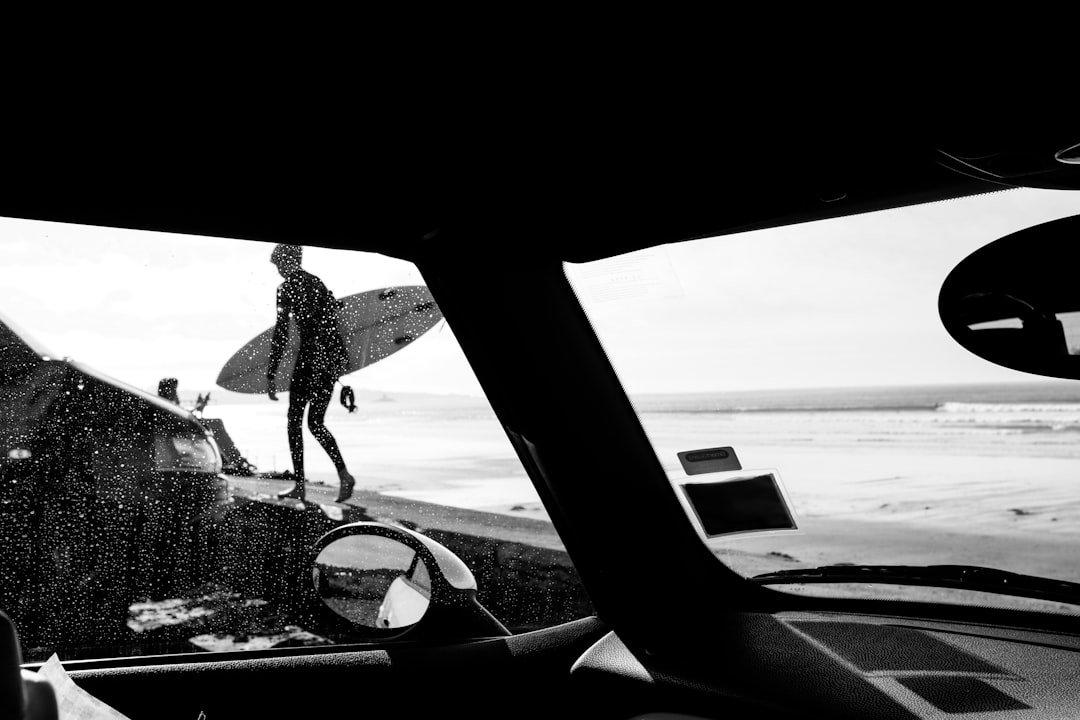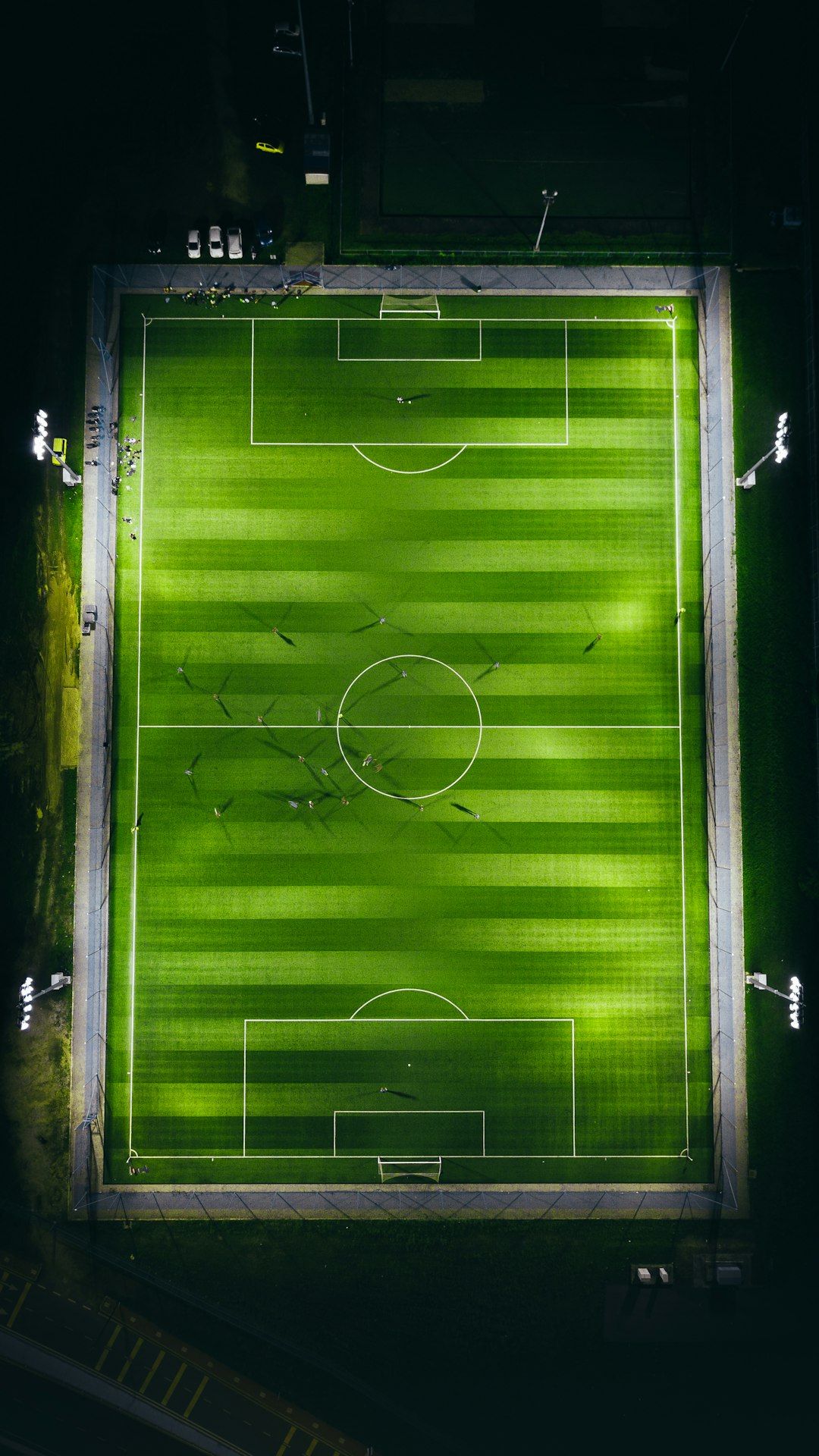If you’ve ever bought a football shirt and wondered how the names, numbers, and logos are printed so cleanly on the fabric, you’re not alone. The world of football shirt printing is more intricate than it seems, combining creativity, technology, and precision. In this article, we’ll break down the most popular methods used in the industry today—so you’ll know exactly what goes on behind your favorite kit.
Why Printing Method Matters
The way your football shirt is printed affects how long the design lasts, how it feels, and even how breathable the garment is. Some techniques are perfect for mass production, while others are better suited for personalization or small runs.
Let’s explore the printing processes most commonly used for football shirts:
1. Heat Transfer Printing
This is perhaps the most widely used method for customizing football shirts, especially for adding names and numbers.
- Process: A vinyl material is cut into letters or numbers and then heat-pressed onto the shirt.
- Pros: Durable, clean finish, ideal for bold letters and numbers.
- Cons: Less breathable, not ideal for intricate or full-color designs.

Heat transfer is the go-to method for player name customization on jerseys sold in stores or online.
2. Sublimation Printing
Sublimation is primarily used on polyester fabrics, which makes it ideal for full-shirt designs where you want the ink to become part of the fabric.
- Process: Designs are printed onto transfer paper using special inks, then heated and pressed into synthetic fabrics.
- Pros: Lightweight, breathable, and long-lasting with vibrant colors.
- Cons: Only works on light-colored polyester; not suitable for natural fabrics like cotton.
Sublimation is a popular choice for amateur and semi-professional teams looking for custom shirts with standout designs.
3. Screen Printing
This old-school technique is still popular today, especially for bulk orders of training kits or fan merchandise.
- Process: Ink is pushed through a mesh screen onto fabric, with a different screen for each color used.
- Pros: Excellent for high-volume production and simple, bold designs.
- Cons: Not ideal for designs with many colors or small personalized batches.
Screen printing is one of the most cost-effective ways to print shirts in large quantities, making it a favorite among sports teams and fan groups.

4. Direct-to-Garment (DTG) Printing
Think of this method like using a giant inkjet printer designed for fabric. It’s precise, flexible, and relatively easy to use.
- Process: Designs are digitally printed directly onto the shirt using specialized printers.
- Pros: Great for photo-quality prints and intricate details. Perfect for one-offs or small runs.
- Cons: Works best on 100% cotton and can be slower for large volumes.
DTG is quickly becoming the go-to method for independent designers or clubs looking to create eye-catching, limited-edition kits.
5. Embroidery (Bonus Method)
While not a printing method per se, embroidery is widely used for club crests and manufacturer logos.
- Process: Thread is stitched into the fabric to create a raised, textured design.
- Pros: Adds luxury and durability to branded elements.
- Cons: Not suitable for large or highly detailed graphics.
Embroidery survives heavy washing and usage, which is why you’ll often see it on premium teamwear.

Which Printing Method Is Best?
That depends on your needs! If you’re looking for a short run of custom shirts with complex artwork, DTG printing might be the best choice. For club kits requiring durability and consistency, heat transfer or screen printing is ideal. Want a professional feel? Go for embroidery on key areas like logos.
Final Thoughts
The world of football shirt printing is as varied as the game itself. Whether you’re building a brand, designing for your local team, or just curious about how your favorite player’s name got on the back of your jersey, understanding these methods helps you appreciate the craft behind the shirts.
The next time you pull on a kit, you’ll know much more about the process that made it possible—and maybe even inspire a custom design of your own!
